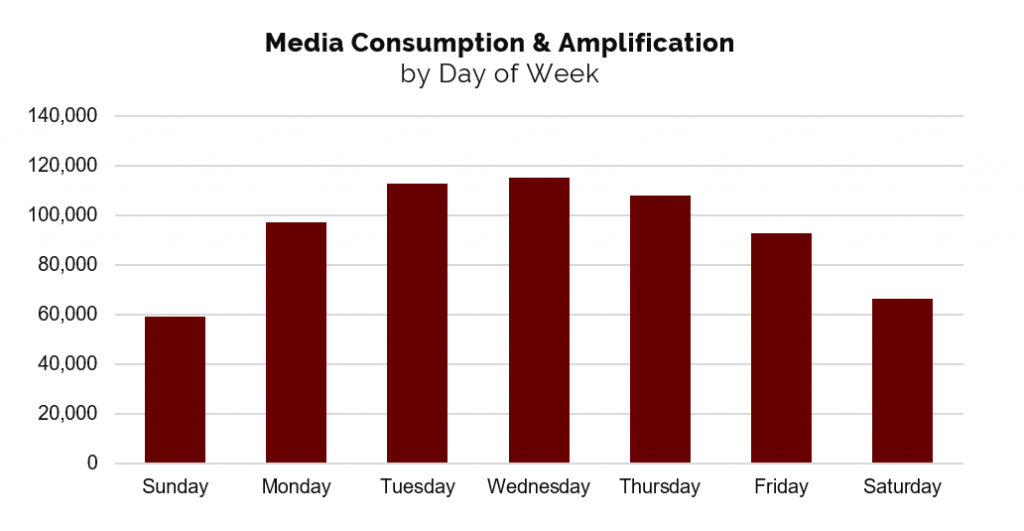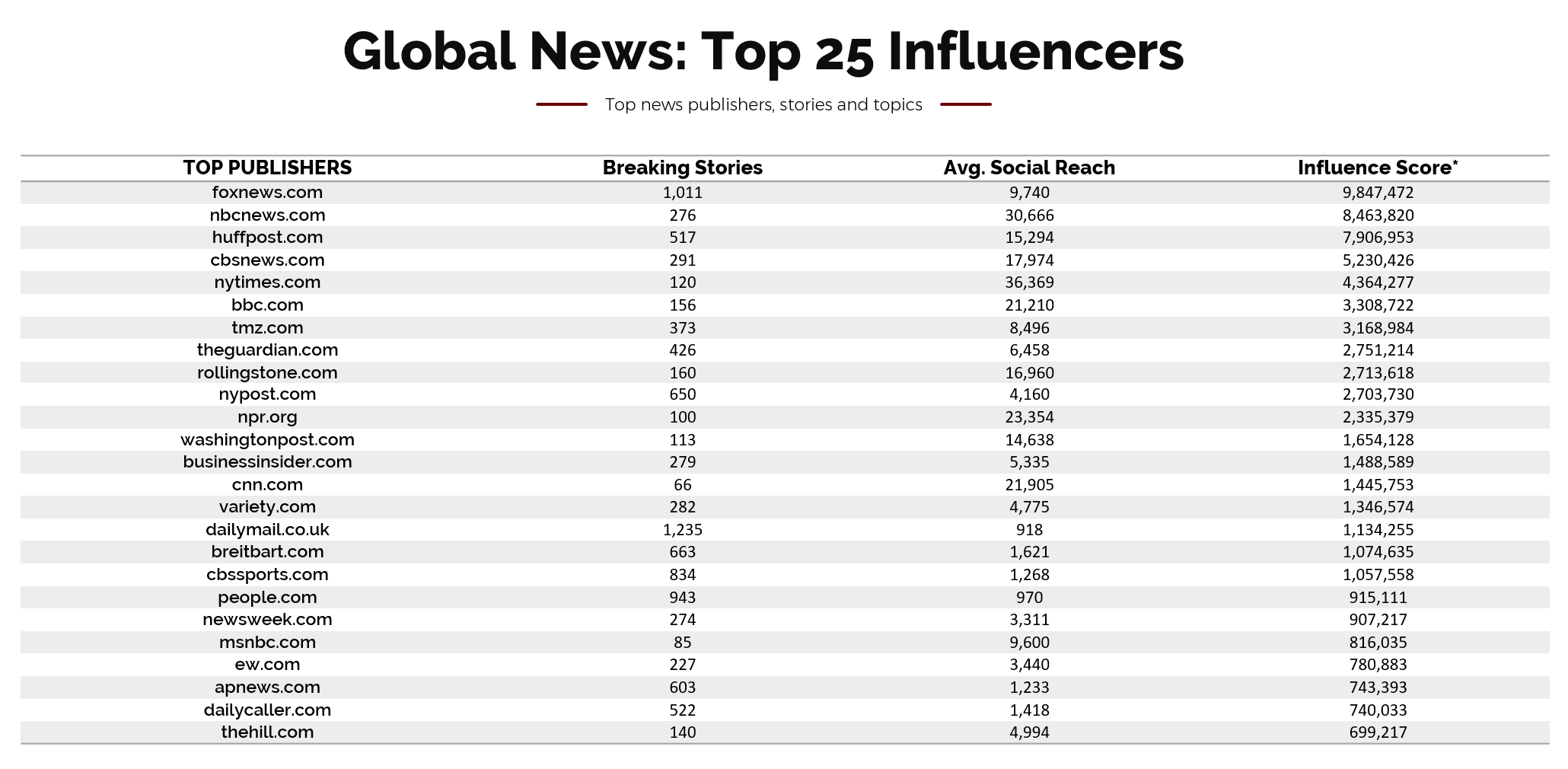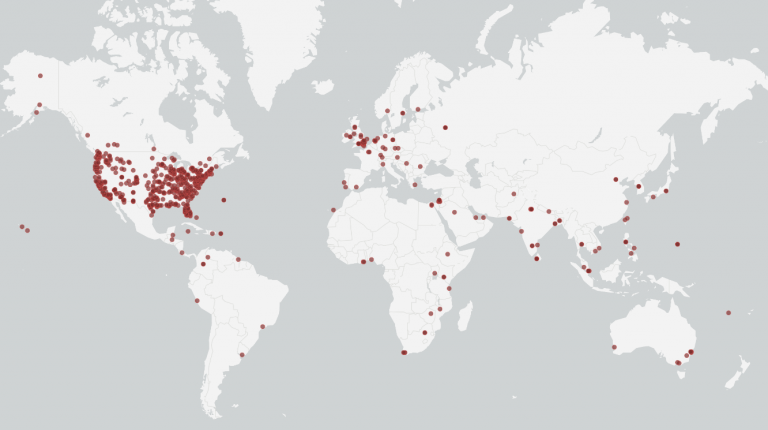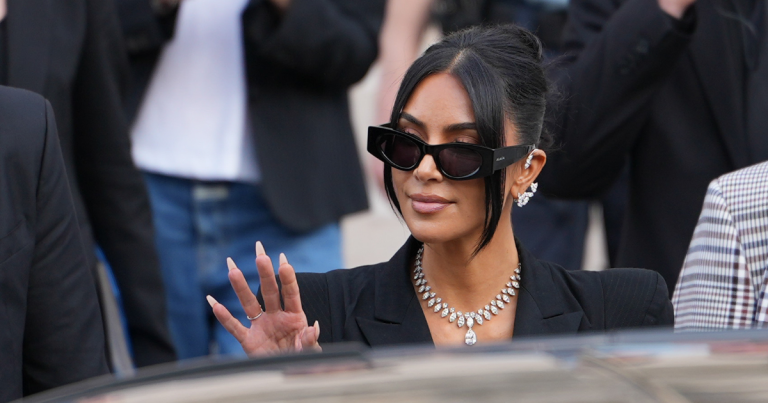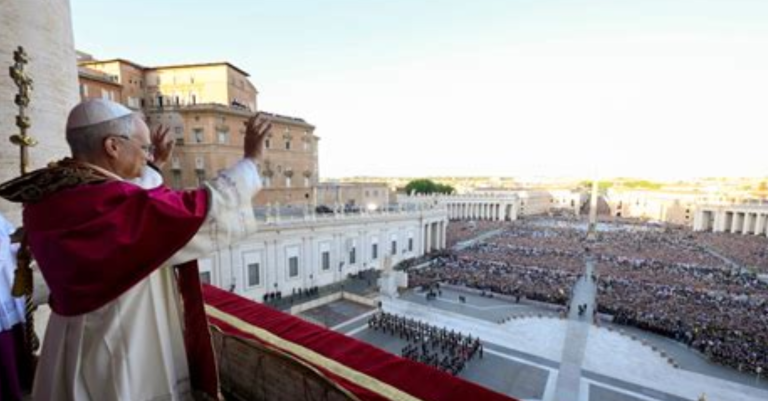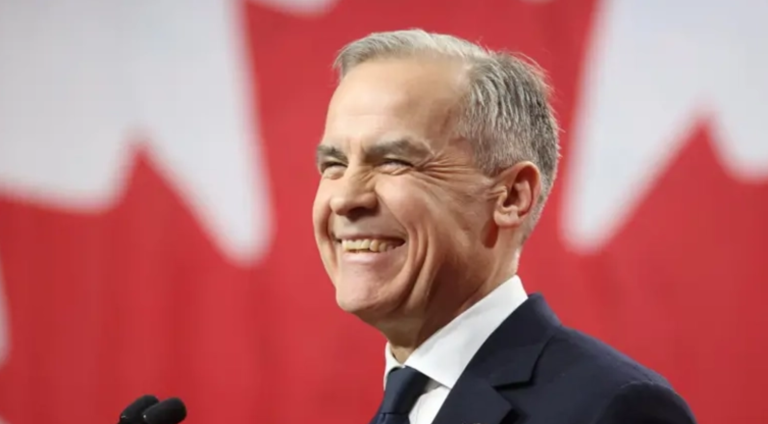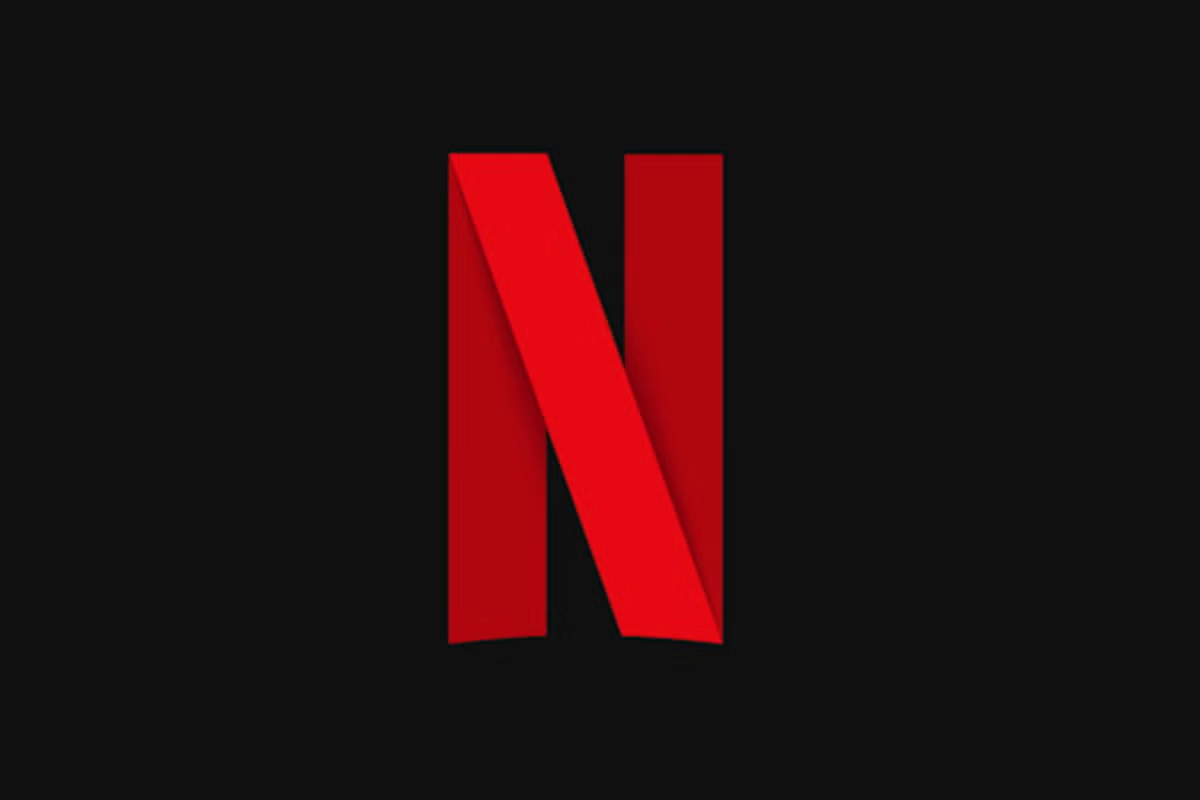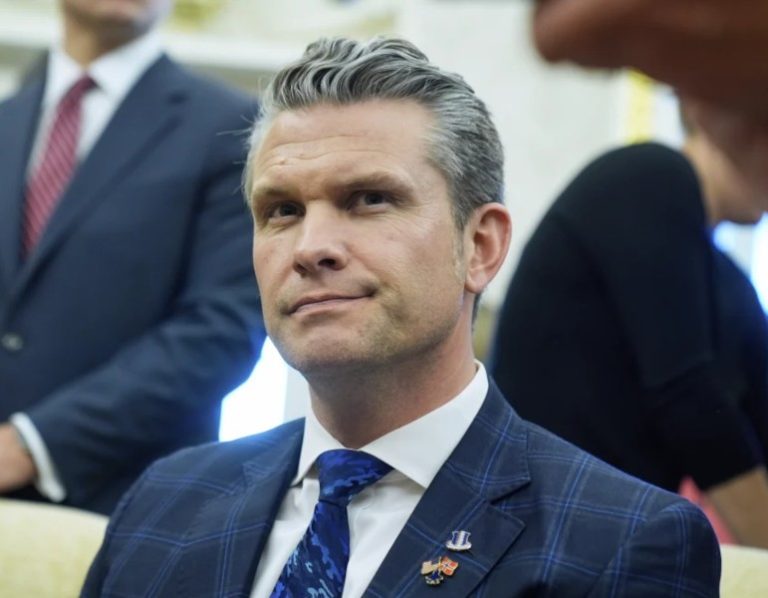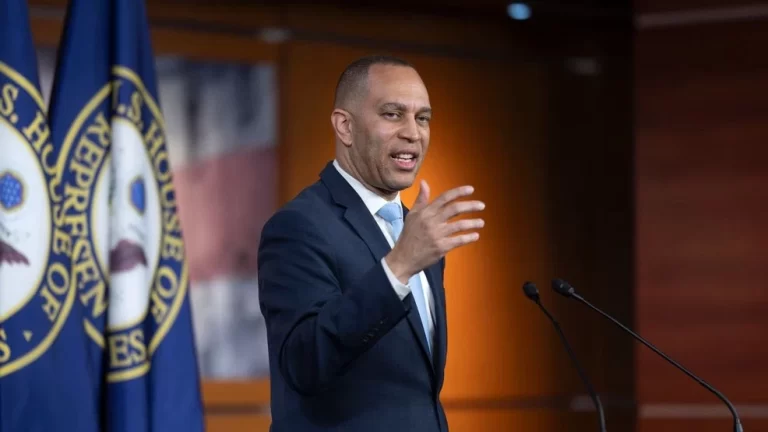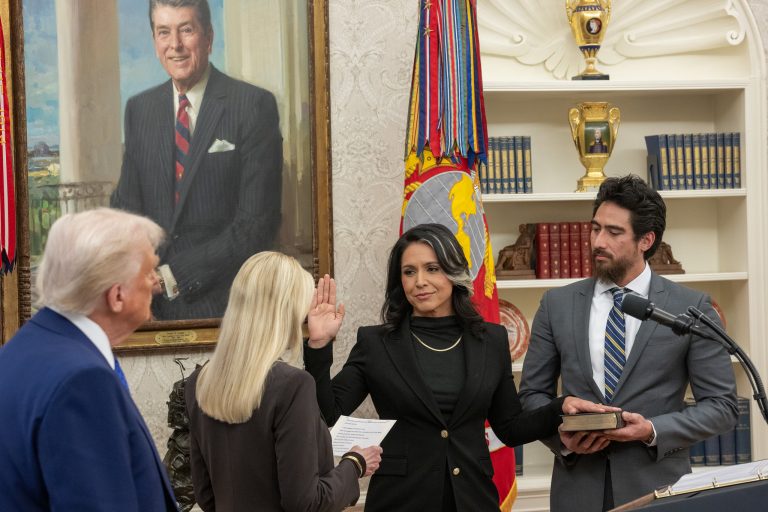WASHINGTON — In the span of just over three months, U.S. Secretary of Defense Pete Hegseth has gone from a fiercely contested appointee to a political lightning rod, drawing scrutiny from Congress, the Pentagon, and the American public. Since his razor-thin Senate confirmation in January, Hegseth’s tenure has been marked by scandal, security breaches, political theater, and sweeping policy upheaval.
This article examines how Hegseth’s time at the helm of the Pentagon has unfolded, tracing key events and controversies that have defined his leadership—and may ultimately end it.
A Controversial Confirmation
Pete Hegseth, a former Army officer and Fox News host, was a polarizing pick from the outset. Nominated by President Donald Trump for his second-term Cabinet, Hegseth faced allegations of past misconduct, including excessive drinking and aggressive behavior toward women. Senate hearings revealed he paid $50,000 to settle a 2017 sexual assault accusation, and a sworn affidavit from his former sister-in-law described abusive conduct toward his ex-wife.
Despite bipartisan concern, including dissent from Republican Senators Lisa Murkowski and Susan Collins, the Senate confirmed Hegseth in a 51–50 vote on Jan. 24, 2025. Vice President J.D. Vance cast the deciding vote.
Hours later, Hegseth was sworn in as the 29th Secretary of Defense. What followed was a rapid cascade of decisions and disasters that have since upended the Pentagon’s stability.
Scandal After Scandal: “SignalGate” and Security Breaches
The biggest crisis facing Hegseth is what media outlets have dubbed “SignalGate.” Reports first emerged in late March that Hegseth had used the encrypted messaging app Signal to share military strike plans for Yemen with non-government individuals, including his wife, brother, and a journalist.
The Pentagon’s inspector general launched an official investigation, and further reporting uncovered a second Signal group chat involving sensitive information. One leak included the planned time for a targeted killing operation—information reportedly extracted from secure military channels.
In a televised Fox News interview, Hegseth deflected blame, claiming the messages were “non-classified context chats.” Critics, including Rep. Jack Reed (D-R.I.), the top Democrat on the Senate Armed Services Committee, weren’t satisfied. “This isn’t about politics,” Reed told NPR. “This is about safeguarding our national security.”
Multiple Republican lawmakers have either remained silent or expressed tepid support. Yet calls for Hegseth’s resignation have grown louder, including from former National Security Adviser John Bolton, who stated, “He should resign for his own safety’s sake.”
Turmoil Inside the Pentagon
In April, the Pentagon began to resemble a revolving door. Five senior officials resigned or were fired within one week. Among them were Dan Caldwell, a senior adviser; Joe Kasper, Hegseth’s chief of staff; and Darin Selnick, a deputy. Insiders described the department’s atmosphere as “chaotic” and “paranoid,” with Hegseth reportedly threatening to polygraph military officers over leaks.
Reports also revealed that Hegseth had an unsecured internet line installed in his office, allowing him to bypass Pentagon cybersecurity protocols to access Signal. This move, sources say, was done without proper authorization and added to the perception of recklessness.
Adding to the turmoil were accusations of nepotism. Hegseth appointed his younger brother, a podcast host, to a senior advisory role at the Department of Homeland Security, and brought his wife—a former Fox News producer—to classified military meetings abroad. Pentagon insiders expressed discomfort with her constant presence, reportedly giving her an unflattering nickname.
Image Management or Vanity?
Alongside mounting scandals, Hegseth drew ire for installing a “makeup room” in the Pentagon, reportedly costing thousands in taxpayer funds. Intended for television appearances, the green room-style studio became a punchline on cable news and late-night TV.
Fox News host Howard Kurtz defended the move, but other conservatives questioned the optics. “We’re cutting budgets and he’s building a glam counter?” one anonymous GOP staffer told Politico.
Critics argue the makeover symbolizes Hegseth’s broader approach: a media-first, substance-second leadership style that’s alienated career defense officials.
Policy Shifts and Hardline Nationalism
Despite the controversies, Hegseth has moved aggressively on several policy fronts. His worldview aligns tightly with Trump’s “America First” doctrine, marked by skepticism toward international alliances and support for cultural conservatism in the military.
In February, Hegseth declared Ukraine’s NATO membership bid “unrealistic,” and called for the West to pursue “diplomatic exit ramps” rather than prolonged conflict. This dovetailed with Trump’s broader skepticism of NATO and was sharply criticized by allies and bipartisan members of Congress.
Later, Hegseth reversed the renaming of Fort Bragg to Fort Liberty—undoing a Biden-era initiative to remove Confederate names from military bases. He also ordered the dismantling of the Pentagon’s Women, Peace and Security program, dismissing it as a “woke” holdover despite the fact it was originally signed into law by Trump.
On China, Hegseth took a more confrontational tone, claiming he could “feel the communism” in the Panama Canal and vowing to “take it back.” The comment prompted protests in Panama and a sharp rebuke from Beijing.
Border Deployments and Culture War Focus
Domestically, Hegseth has redirected military assets to address illegal immigration. He ordered a Stryker Brigade and aviation battalion to the U.S.-Mexico border in March and visited Guantanamo Bay, calling it “the front line” in border security.
He also targeted internal Pentagon culture, instructing military leaders to review equal opportunity programs and calling the phrase “diversity is our strength” the “dumbest in military history.” These moves pleased some conservative commentators but raised alarm among civil rights advocates.
Is His Time Running Out?
As of May 1, pressure continues to mount. News broke that President Trump met privately with Hegseth last week, reportedly urging him to “get it together.” While Trump has publicly defended his defense secretary, describing him as “my least controversial person” in a sarcastic jab at the media, insiders suggest the administration is already exploring successors.
Meanwhile, Democrats in the House attempted to force a formal investigation into SignalGate but were blocked by Republicans. Rep. Adam Smith (D-Wash.) described the maneuver as “a sign the GOP knows he’s indefensible.”
Fox News is reportedly prepared to rehire Hegseth should he be dismissed—a sign that his political life may not be over, even if his government role is nearing its end.
Conclusion
Pete Hegseth’s rapid descent from freshly confirmed Cabinet member to embattled liability underscores the risks of elevating media personalities to top government roles. While his tenure has delivered clear policy shifts in line with Trump’s nationalist vision, it has also destabilized the Pentagon, endangered operational security, and prompted bipartisan concern.
Whether he remains in his post or is forced to resign, Hegseth’s brief reign as secretary of defense will be remembered as one of the most controversial and divisive in modern American history.
 Konsume has compiled a report on the state of digital journalism in 2020, so far. We aim to provide insight into the 24-hour news cycle and showcase the most influential news publishers and the context of American news consumption.
Konsume has compiled a report on the state of digital journalism in 2020, so far. We aim to provide insight into the 24-hour news cycle and showcase the most influential news publishers and the context of American news consumption.
